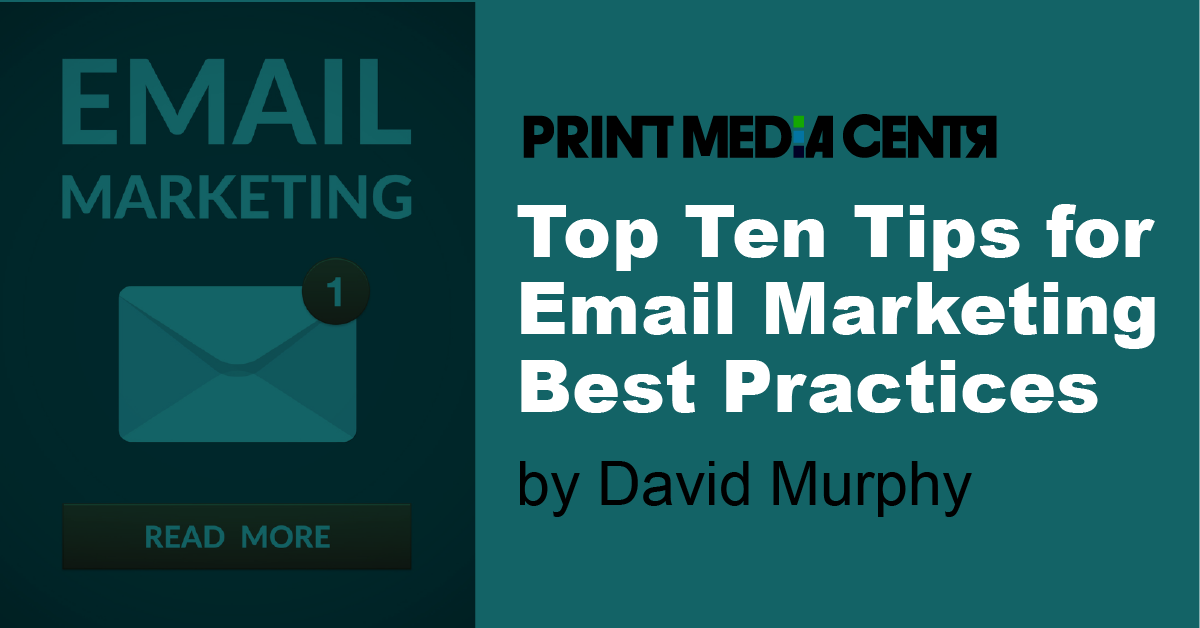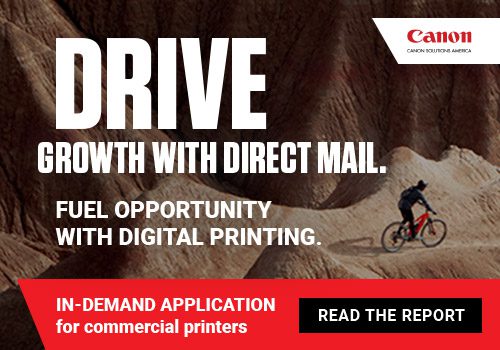
Many printing companies rely on email as their primary communications tool for reaching customers and prospects. Generally, email is used more than phone calls and face-to-face meetings combined.
But email is hard and it’s getting harder. As old and omnipresent as it is, mail as a medium is untrusted. The reasons are clear:
- 94% of malware is delivered via email
- 3% of all emails in 2020 were spam
- 100 million phishing emails daily are blocked by Gmail
Widespread privacy concerns from both consumers and business owners are accelerating legislative and corporate policy changes that limit how email can be used. Even still, as countries like China and Russia throttle up their spam and phishing volume, people are less likely to check, open, and read the emails in their inbox. They are more likely to opt out or mark questionable emails as spam.
To minimize being blacklisted by email service providers and to bolster conversion rates, there are several responsible tactics to apply. Below are some of my favorite tips for email marketing best practices.
1. Always use a permission-based database – One might think this is an obvious best practice, but way too many senders are emailing recipients without their express permission. Never buy or otherwise obtain a database that your organization did not specifically cultivate with each recipient’s permission. If you do, your spam reports will rise and you will risk email suppression by your ISP or even being blacklisted.
2. Be known as a sender of relevant, useful emails – Since we humans generally like receiving good information, we are conditioned to look forward to receiving more information from such a sender. Check your content to see if it is overly promotional and if the content really matches what that particular recipient would find relevant. A/B test content for your audience to understand what interests them enough to click. Better yet, ask them.
3. Segment and personalize – Segmented email campaigns show 50% higher CTR than non targeted campaigns. Personalization has proven to increase open rate, click-through rate (CTR), and better customer satisfaction. In one study, 88% of users were likely to respond to an email if it looked like it was specifically written to them.
4. Make it easy to unsubscribe – Period. Allow for one-click opt-out and don’t gate their exits with “Wait, don’t go” messages. Let them go easily.
5. Avoid spam-flagging words in your title and body copy – There are literally hundreds of words that will trigger spam filters. A few include: “Money back, Get paid, Limited time, Get it now, For new customers only, Offer expires, Deal ending soon, etc.”
6. Send emails when more of your audience opens them – The best days and times to send B2B email are Tuesday, Wednesday, and Thursday. Weekends have the lowest CTRs and conversions. The best times of day vary by market segment but most favorable are mid-weekday mornings between 8 am and 11 am in your recipients’ time zone.
7. Test before sending to your whole list – Send one to yourself first. Test in different email clients and service providers. If possible, send test emails to friends and coworkers and get their feedback.
8. Clean and maintain your database – Remove inactive subscribers from your list. If you have a high bounce rate, ISPs devalue your sender reputation and suppress your deliverability. So you should regularly maintain a list of subscribers who haven’t recently clicked links in your emails and send them a re-engagement campaign. Remove them if they still don’t respond.
9. Use your email preheader – The preheader is the snippet of text the recipient can see after the subject line but before the body. It complements the value of your subject line. It gives context to your message and educates the recipient on what is inside.
10. Optimize for mobile – Today, 51% of emails are opened on mobile devices. Test the mobile viewing experience in your email automation tool and then test it on several phones with different screen sizes. Be sure the links work, the images display, and the fonts are legible.
From this point forward, don’t plan on using email open rates as a success metric. With Apple’s recent iOS 15 update, email senders are prevented from using invisible pixels to collect information from recipients. This means you will not be able to track open rate. It also means location-dependent content won’t be accurately displayed. Instead of focusing on open rates, focus on conversion rates and long-term user engagement.
Email is hard, but it is also effective, efficient, and well appreciated when it’s done properly. Don’t let sloppiness hurt your brand and your positive relationships with your customers. Put in the extra effort to maintain your positive reputation by both your audience and your ISP.
 David Murphy is the founder and CEO of Nvent Marketing, a marketing agency specializing in digital marketing for the print industry. David has 30+ years of experience in the graphics and document print production industry. He has served as a board member and advisor to print organizations and associations including Sustainable Green Printing Partnership (SGP), Print Industries of America (PIA), Association for Print Technologies (APTECH), and Electronic Document Scholarship Foundation (EDSF). David was also awarded the Idealliance Soderstrom Society Award for Print Industry Leadership.
David Murphy is the founder and CEO of Nvent Marketing, a marketing agency specializing in digital marketing for the print industry. David has 30+ years of experience in the graphics and document print production industry. He has served as a board member and advisor to print organizations and associations including Sustainable Green Printing Partnership (SGP), Print Industries of America (PIA), Association for Print Technologies (APTECH), and Electronic Document Scholarship Foundation (EDSF). David was also awarded the Idealliance Soderstrom Society Award for Print Industry Leadership.
David can be reached at dm@nventmarketing.com.













